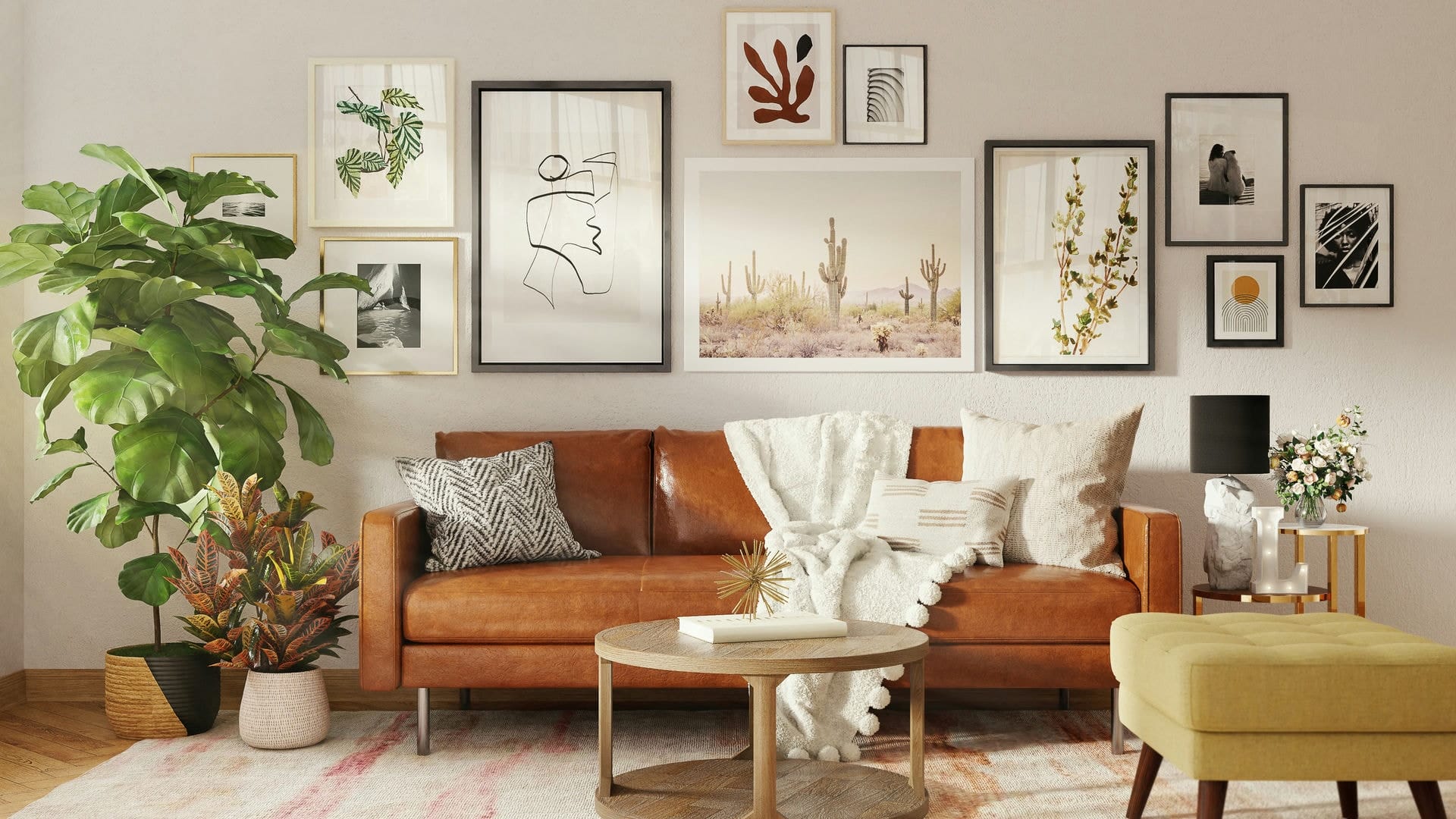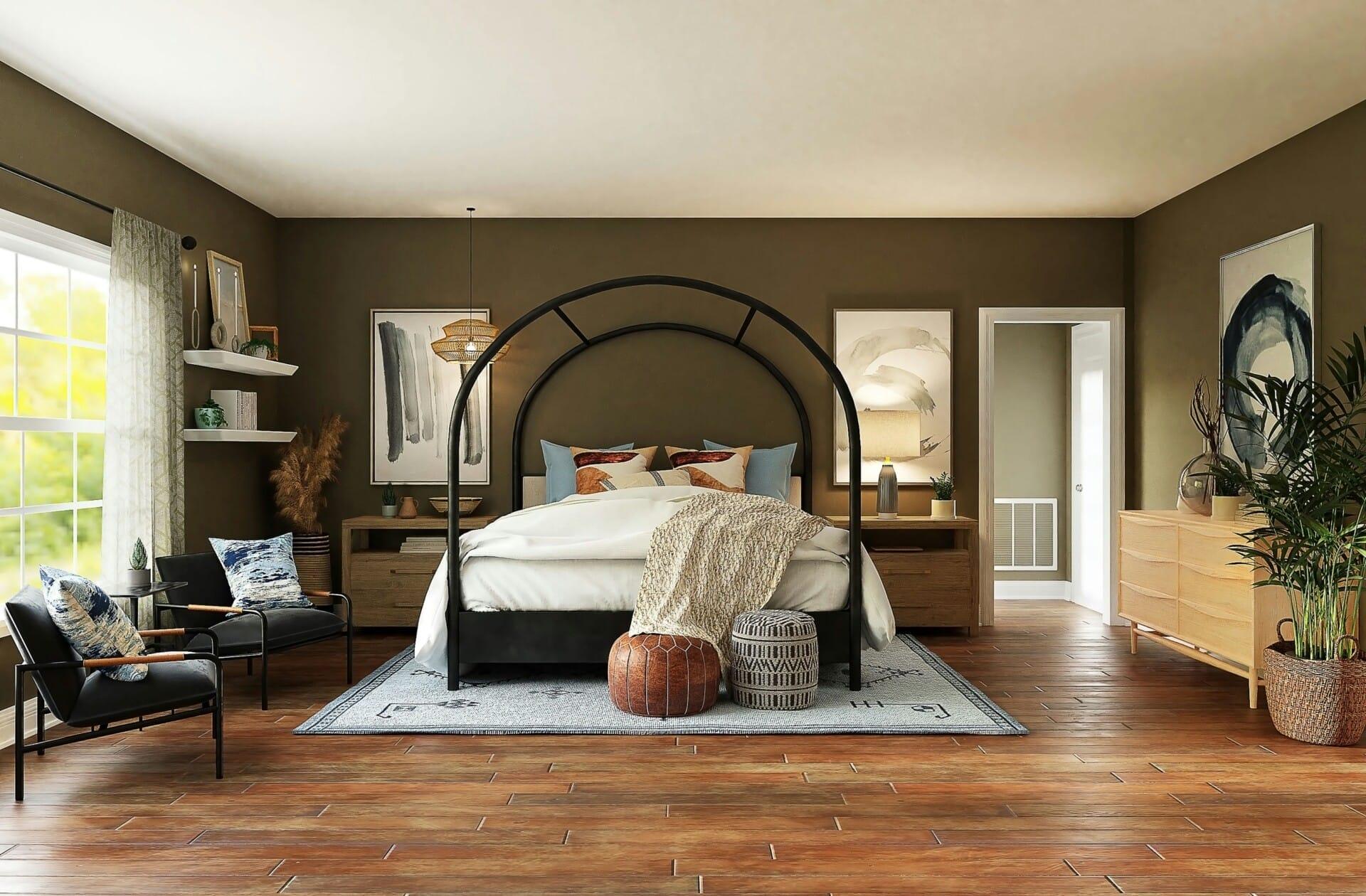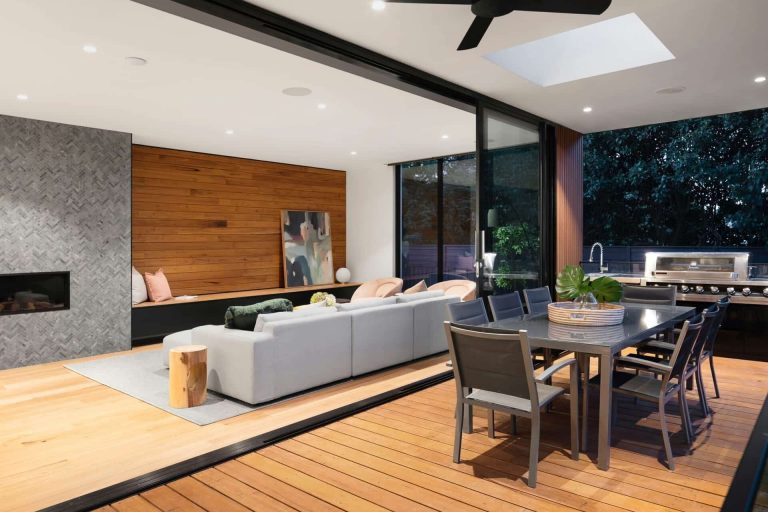Hey there! Have you ever thought about how easy it is for everyone to get around in our beautiful Malaysia? From bustling city streets to scenic parks, access should be a breeze for all of us. That’s where universal design comes in – the game-changer that’s paving the way for a barrier-free Malaysia. Imagine a world where everyone, regardless of age or ability, can enjoy the same spaces without challenges. It’s not just a dream; it’s a vision that’s taking shape right here at home. In this article, we’ll dive into how universal design is transforming our environment and making accessibility a priority for everyone. Ready to explore how we can all play a part in creating a more inclusive Malaysia? Let’s get started! 🔓♿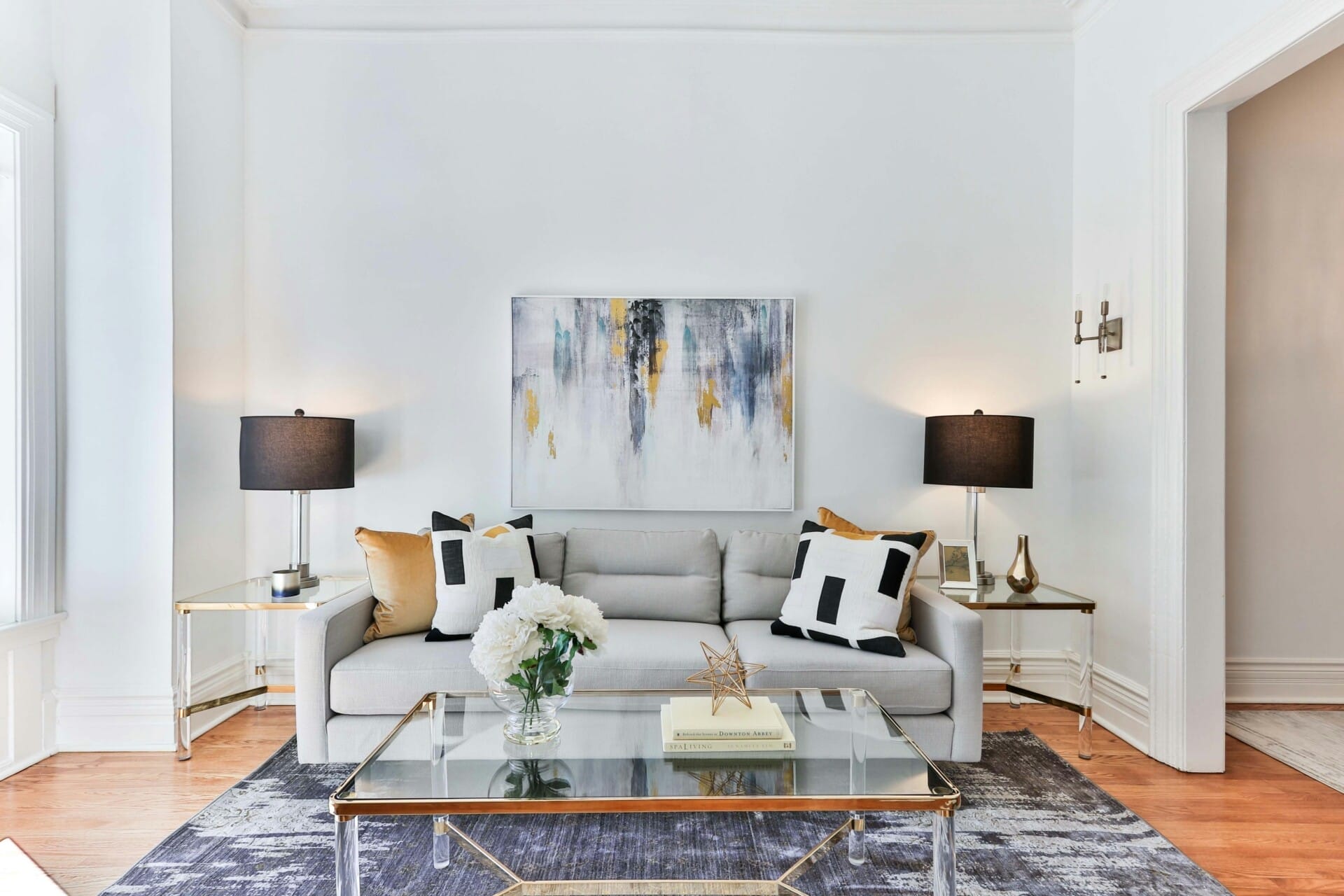
Understanding Universal Design and Its Importance
Universal design is all about creating environments that are inclusive and accessible for everyone, regardless of their age, ability, or status. It goes beyond mere compliance with regulations; it’s a mindset that emphasizes the importance of designing products, buildings, and spaces that everyone can use without experiencing barriers. This design approach recognizes diversity and actively works to accommodate it, ensuring that a person in a wheelchair, a parent with a stroller, or an elderly visitor can navigate the same space with ease.
In Malaysia, where cultural and physical diversity is rich, embracing universal design can significantly enhance the quality of life for many. By integrating principles like equitable use, flexibility, and simplicity into our architecture and public spaces, we’re not just ticking boxes on a checklist. We’re fostering a culture of inclusion that invites participation from all members of society. Besides, there are multiple benefits to this approach:
- Increased Habitation: More people can access public areas.
- Enhanced Safety: Fewer barriers mean reduced injury risks.
- Economic Growth: Accessible spaces attract more visitors and can boost local businesses.
To truly understand the impact of universal design, consider the spaces we frequent daily, like parks, transit systems, or shopping malls. Here’s a simple table showing some practical applications of universal design principles in Malaysian contexts:
| Application | Universal Design Principle |
|---|---|
| Public Transport Stations | Ease of access with ramps and audio-visual announcements |
| Shopping Malls | Wide aisles and tactile flooring for the visually impaired |
| Parks and Recreation Areas | Level pathways and accessible restroom facilities |
By incorporating these principles into every aspect of design, Malaysia can pave the way for a future that honors diversity and enhances accessibility for all. It’s about rethinking how we approach our physical environment, making sure that everyone not only has the right to access these spaces but can also enjoy them fully. the goal is simple: a barrier-free Malaysia where every person feels welcomed and valued.
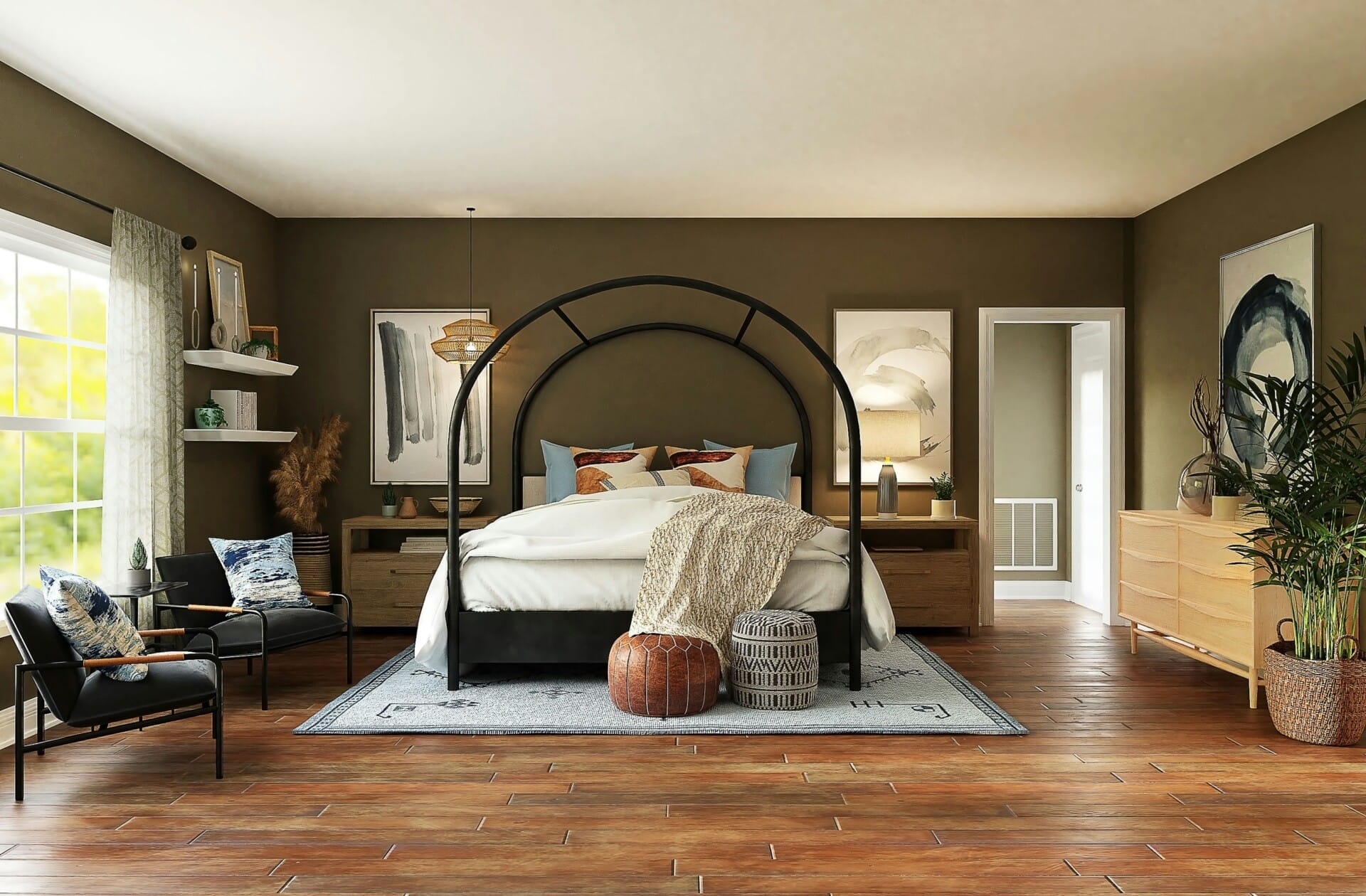
Key Principles of Universal Design in Public Spaces
Universal design is all about creating environments that are accessible and welcoming to everyone, regardless of their age or ability. It’s essential to consider how various elements interact to support individuals with diverse needs. This holistic approach doesn’t just mean adding a ramp here and a grab bar there; rather, it’s about crafting a cohesive space that empowers all users. When we talk about incorporating universal design in public spaces, we should focus on these key aspects:
- Equitable Use: Spaces should be usable by everyone, providing the same means of access and enjoyment, no matter the situation.
- Flexibility in Use: Design should accommodate a range of individual preferences and abilities. This could include adjustable tables or flexible seating arrangements.
- Simplicity and Intuitiveness: An ideal design speaks for itself, making it easy for people to navigate without confusion.
Furthermore, a successful implementation of universal design relies heavily on continuous engagement with the community. Gathering feedback helps identify specific needs and challenges faced by individuals with disabilities. Incorporating this input ensures that public spaces not only meet regulatory standards but genuinely serve the community. Here’s a simple representation of how feedback can improve design:
| User Group | Suggested Improvement |
|---|---|
| Senior Citizens | More bench seating for breaks. |
| Parents with Strollers | Wider pathways to navigate easily. |
| Individuals with Visual Impairments | Tactile street signals for safe crossing. |
Lastly, it’s crucial that we embrace technology as part of universal design. Digital signages or apps can aid in reducing barriers to information and navigation, ensuring that everyone feels informed and included. By integrating innovative solutions, we make public spaces more interactive and user-friendly, thereby fostering a truly barrier-free environment that uplifts the Malaysian spirit of inclusivity.

Evaluating Current Accessibility Standards in Malaysia
Malaysia is on a journey toward inclusivity, yet a deep dive into the current accessibility standards reveals both progress and gaps. While there have been significant advancements, many public spaces, services, and digital platforms still lack proper accessibility features. It’s essential to analyze how these standards can evolve to accommodate the needs of everyone, particularly individuals with disabilities. Ensuring that our urban landscapes, both natural and constructed, are accessible isn’t just a guideline—it’s a fundamental right.
The existing framework revolves around a few key areas, which we need to assess:
- Public Infrastructure: Sidewalks, ramps, and public transport should be suitable for all users, but many still present obstacles.
- Digital Access: Websites and mobile applications often neglect accessibility, making it challenging for those who rely on assistive technologies.
- Aware Workforce: Training for employees in public sectors regarding how to assist individuals with disabilities is often insufficient.
To illustrate these points, consider the table below showcasing our progress in various sectors:
| Sector | Current Status | Areas for Improvement |
|---|---|---|
| Transportation | Some accessibility features | More ramps and audio signals |
| Public Parks | Limited access | Wider pathways, sensory zones |
| Web Accessibility | Basic compliance | Enhanced compatibility with screen readers |
By continually evaluating these areas and pushing for improved standards, we can create a Malaysia that truly embodies the spirit of universal design. Access is not merely about physical entry; it’s about fostering an environment where everyone can participate fully, regardless of their abilities.
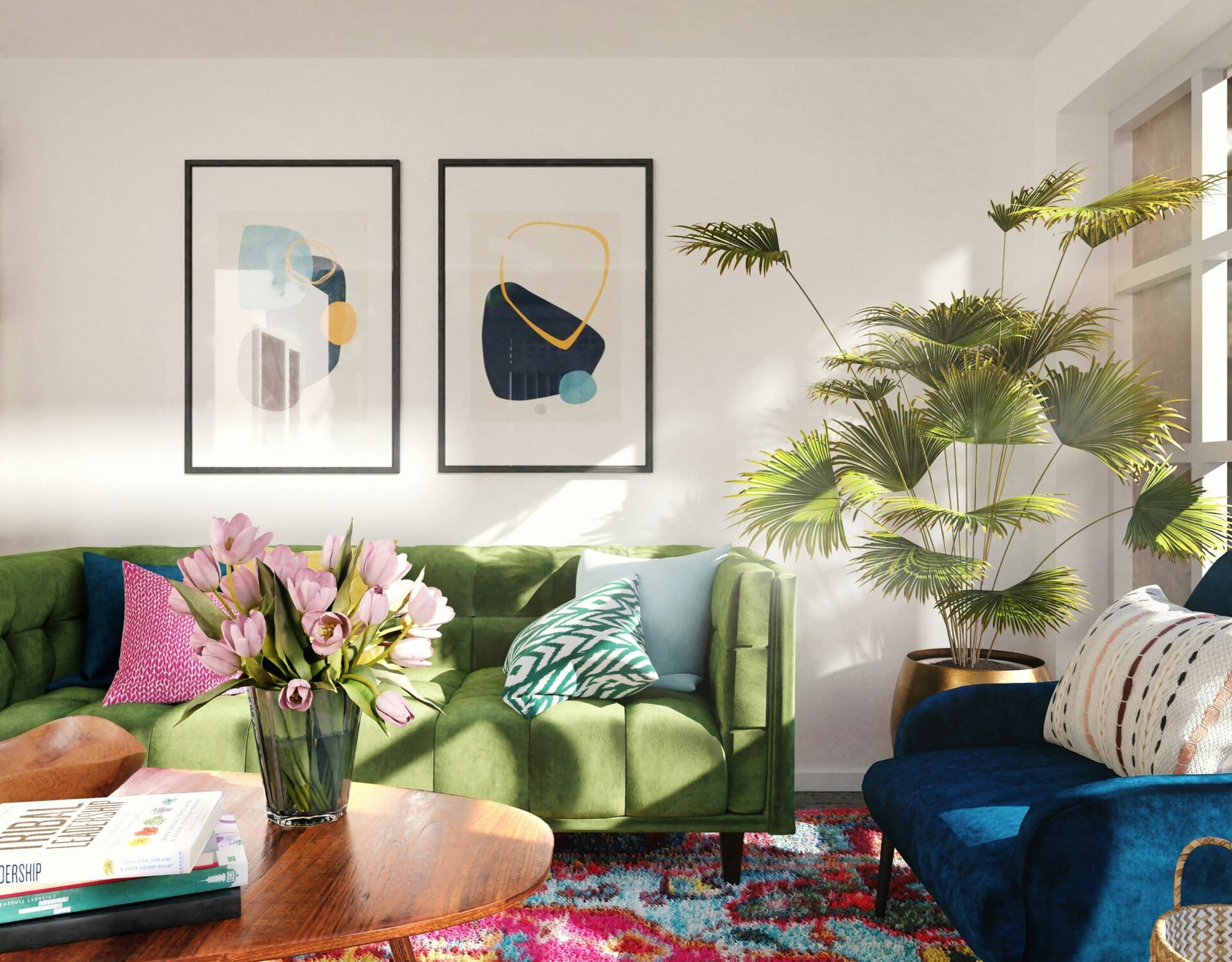
Innovative Solutions for Barrier-Free Transportation
In a world that’s constantly evolving, the push for barrier-free transportation is more vital than ever. Universal Design is key in reshaping the way we view mobility in Malaysia. This approach focuses on creating systems and services that cater to everyone, regardless of their physical abilities or age. By integrating inclusive design principles in public transportation, we can ensure that every citizen has the freedom to travel without the hindrance of mobility barriers.
To achieve this, we can implement innovations like:
- Smart Bus Stops: Equipped with real-time information displays and audio announcements for the visually impaired.
- Wheelchair Ramps: Paintings and signals to guide differently-abled individuals toward accessible entries.
- Sensor-Based Systems: These can automatically adjust transport options based on user needs, like lowering vehicles closer to the ground.
Moreover, it’s essential to create a feedback loop with the community. This means actively seeking input from individuals who use these services daily. Regular surveys and community forums can help identify pain points, enabling continuous improvement of transportation systems. Below is a simple table showcasing potential user feedback and corresponding action plans:
| Feedback | Action Plan |
|---|---|
| Inadequate signage | Implement clearer, bilingual signs at all transit points. |
| Limited access to train stations | Increase the number of accessible paths and lifts. |
| Lack of driver training | Regular workshops for drivers on assisting differently-abled passengers. |
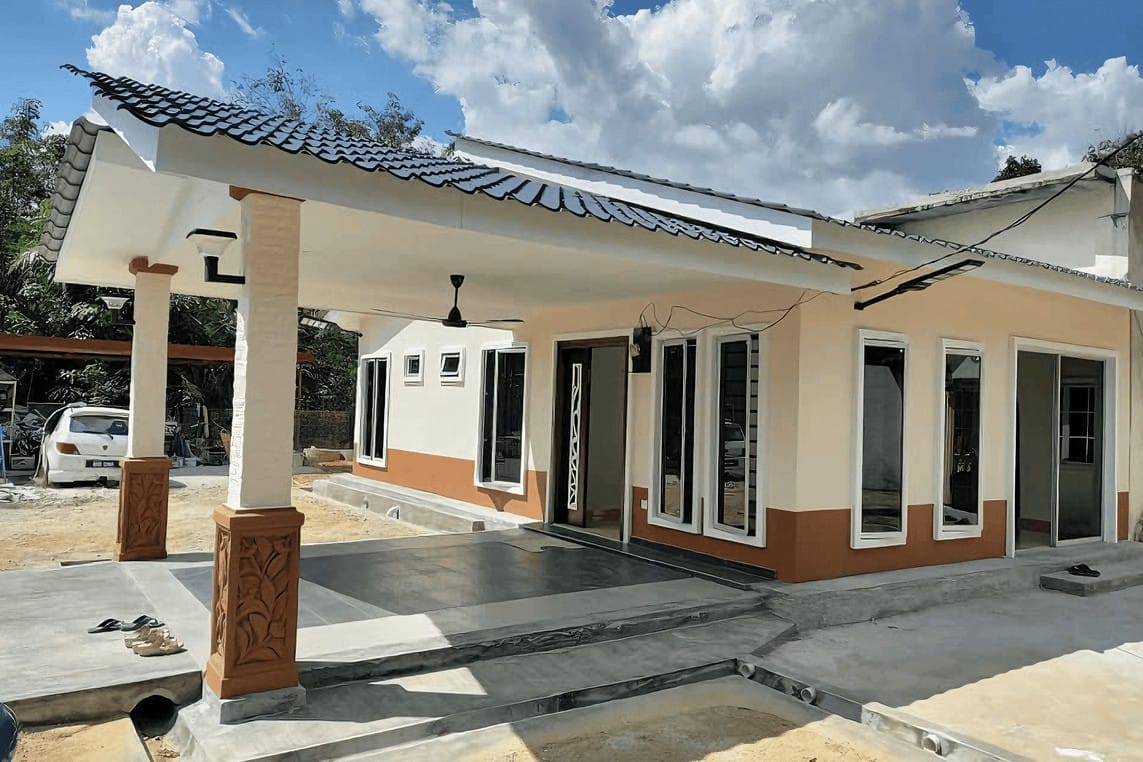
The Role of Technology in Enhancing Accessibility
In today’s fast-paced world, technology plays a vital role in breaking down barriers to accessibility. With innovations in digital platforms and wearable devices, many Malaysians are now experiencing a more inclusive environment. Assistive technologies like speech recognition software, screen readers, and mobile applications are not just enhancing daily activities but also empowering individuals with disabilities to achieve independence. These tools allow users to access information, communication, and essential services with ease, paving the way for a more barrier-free society.
The push for smart city initiatives in Malaysia is another key component in promoting accessibility. Urban planners are integrating intelligent technologies into the infrastructure—think smart traffic lights that adapt to pedestrian movements or interactive maps that provide routes suitable for all users. By employing features such as real-time notifications on public transport and digital signage that shares vital information in multiple languages, cities can cater to diverse populations, ensuring that everyone can navigate space without unnecessary hurdles.
Furthermore, the rise of inclusive design web practices enables businesses to create sites that everyone can access effortlessly. Features like adjustable font sizes, easy navigation, and alternative text for images are simple yet effective measures that make a website user-friendly for all. E-commerce platforms are also adapting to this trend, ensuring that people with disabilities can shop online without facing complications. These digital shifts are revolutionizing everyday experiences, creating a more accessible and welcoming environment for all Malaysians.

Inclusive Education: Designing for All Learners
Creating a learning environment that welcomes everybody is crucial for the growth of our future generations. With universal design principles, we can create classrooms that not only accommodate various needs but also engage all learners effectively. This approach goes beyond merely adding ramps or wider doors; it embraces a holistic philosophy that values diverse learning styles and provides an opportunity for every student to shine. In Malaysia, we are beginning to see the incredible potential of making education accessible through thoughtful design.
When we think about inclusive education, it’s essential to focus on a few core strategies that foster equal opportunities for all. Some key elements include:
- Flexible Classroom Layouts: Adapting spaces to facilitate movement and interaction among students, ensuring everyone can participate.
- Adaptive Learning Technologies: Using software and tools that cater to varied learning speeds and styles, making lessons interactive and engaging.
- Collaborative Learning Experiences: Encouraging teamwork among students of different abilities helps break down barriers and builds empathy.
To truly measure the impact of these changes, schools can implement feedback systems that collect insights from students, teachers, and parents. Here’s a simple overview of collecting this data:
| Feedback Source | Insights Gained | Action Steps |
|---|---|---|
| Students | Learning preferences and challenges | Adjust lesson plans accordingly |
| Teachers | Effective strategies and classroom dynamics | Share best practices in staff meetings |
| Parents | Home support and engagement | Organize workshops for families |

Community Engagement in Promoting Universal Design
In Malaysia, community involvement has become a cornerstone in advancing the principles of universal design. It’s all about bringing people together to create spaces that cater to everyone, regardless of their physical abilities or age. Grassroots organizations and local groups play an essential role, often hosting workshops and forums to raise awareness about accessibility issues. These interactions empower community members to voice their needs, ensuring that designs reflect real experiences and lay the groundwork for a culture of inclusivity.
Local governments and NGOs can also collaborate to promote programs that highlight the importance of universal design principles in public spaces. Initiatives could range from creating accessible parks and public transport systems to redesigning community centers with the elderly and disabled in mind. This strategy doesn’t just make life easier for individuals with disabilities; it enhances the quality of life for everyone. Imagine kids safely riding their bicycles and the elderly enjoying public parks without obstacles! That’s a win-win situation for every Malaysian citizen.
Here are some ways communities can create engagement around universal design:
- Organize community feedback sessions to discuss accessibility needs.
- Host design competitions that challenge locals to propose accessible solutions.
- Utilize social media campaigns to spread awareness and educate the public.
- Encourage collaboration with local businesses to promote accessibility in their services.
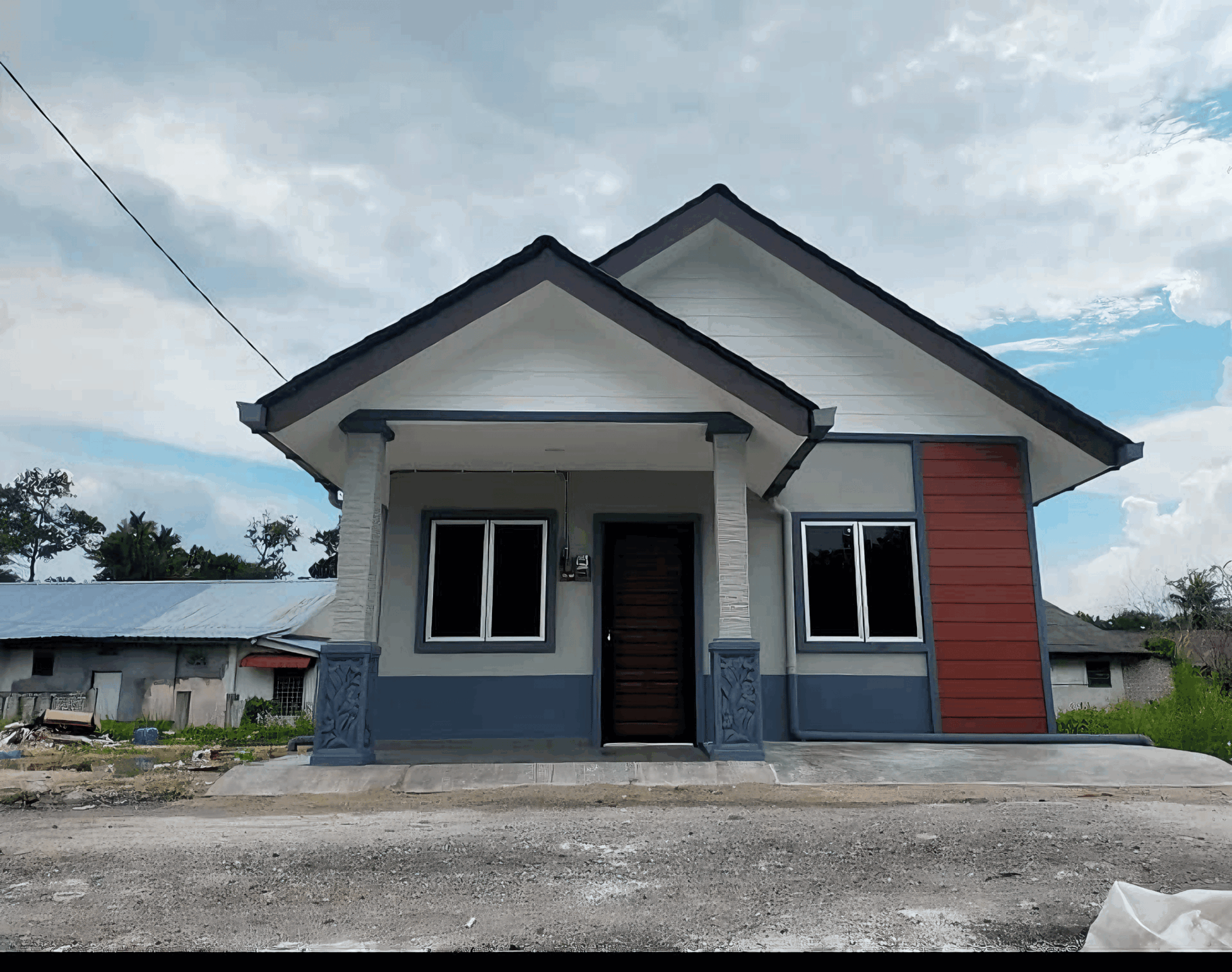
Future Visions: Turning Accessibility Goals into Reality
As Malaysia strides confidently towards a future where everyone can thrive, the concept of universal design is becoming more than just a buzzword. This visionary approach aims to integrate access and usability for all individuals, regardless of age, ability, or circumstance. Streets, public spaces, and buildings are transforming into environments that foster inclusion and independence. Imagine walking down a street where ramps and wide doorways welcome everyone, allowing ease of movement and a sense of belonging for everyone.
To realize these concepts, collaboration is essential—we need the combined efforts of government bodies, urban planners, architects, and local communities. Education plays a massive role in this journey; by promoting awareness and understanding of universal design principles, we can inspire everyone to participate. Here are some key steps that can be taken:
- Community Workshops: Hosting events to educate the public about accessibility needs.
- Policy Advocacy: Pushing for legislation that requires universal design in all new developments.
- Feedback Mechanisms: Creating channels for the community to voice their needs and experiences.
Moreover, implementing accessible features isn’t just about meeting legal requirements; it’s about enhancing the quality of life. Consider the following features that can be easily integrated:
| Feature | Description |
|---|---|
| Smart Crosswalks | Automatic signals for safer pedestrian crossing. |
| Accessible Restrooms | Facilities equipped with grab bars and enough space for mobility aids. |
| Inclusive Signage | Clear and braille signs for better navigation. |
To Wrap It Up
As we wrap up our journey through the exciting world of universal design in Malaysia, it’s clear that a barrier-free future isn’t just a dream—it’s a goal we can achieve together! 🌍✨ Whether it’s public spaces, transportation, or digital platforms, every step towards accessibility is a step towards inclusion for everyone.
Imagine a Malaysia where everyone, regardless of their abilities, can explore, work, and thrive without limitations. That’s what universal design is all about, and the good news is, we’re already on the right path! With continued collaboration among communities, policymakers, and designers, we can ensure that accessibility is not an afterthought but a fundamental right for all.
So, let’s keep the conversation going, share ideas, and work together to make our beloved nation a shining example of inclusivity. Because when we make space for everyone, we all win. Here’s to building a Malaysia that opens its doors wide for all to enter—barrier-free and full of possibilities! 💪🇲🇾